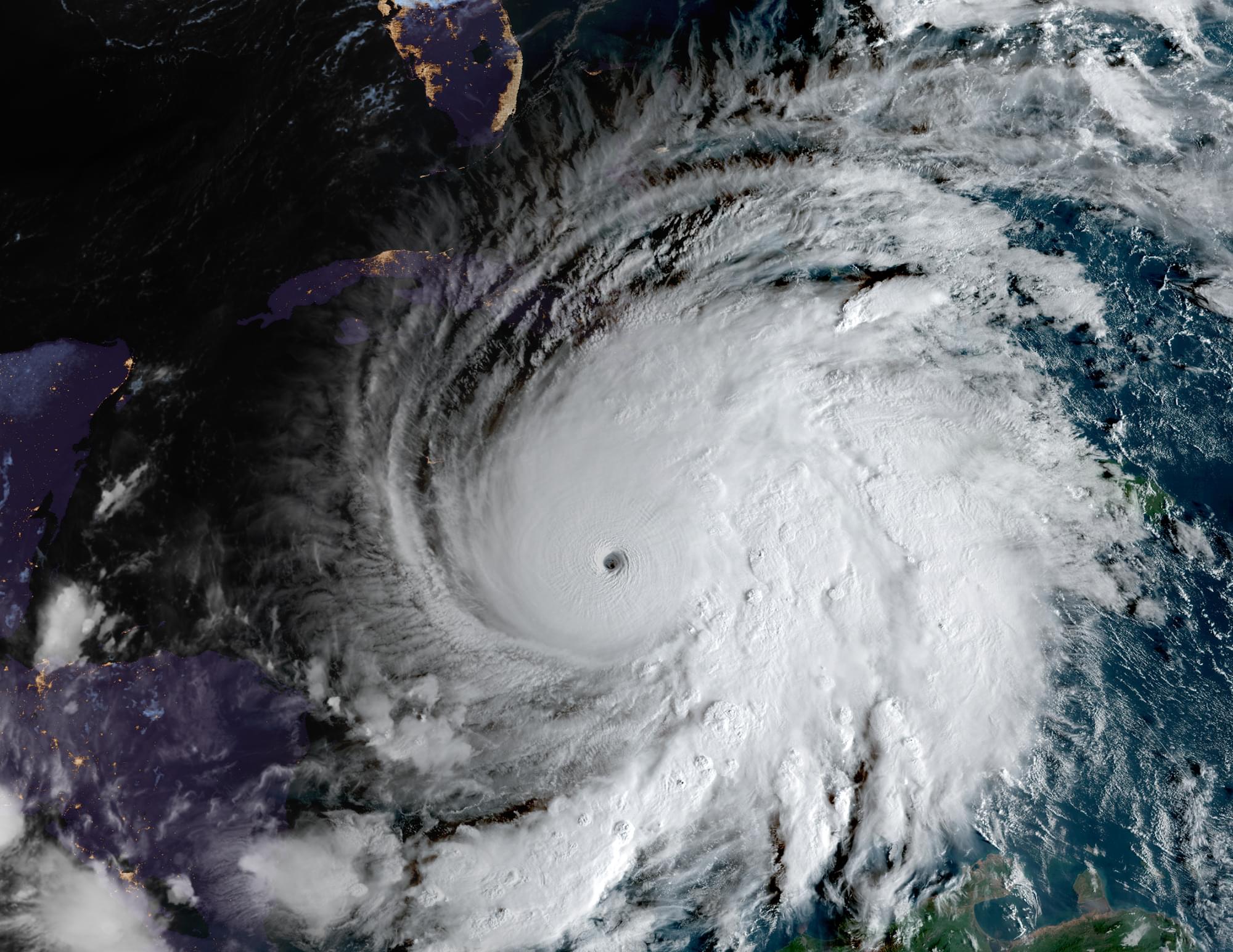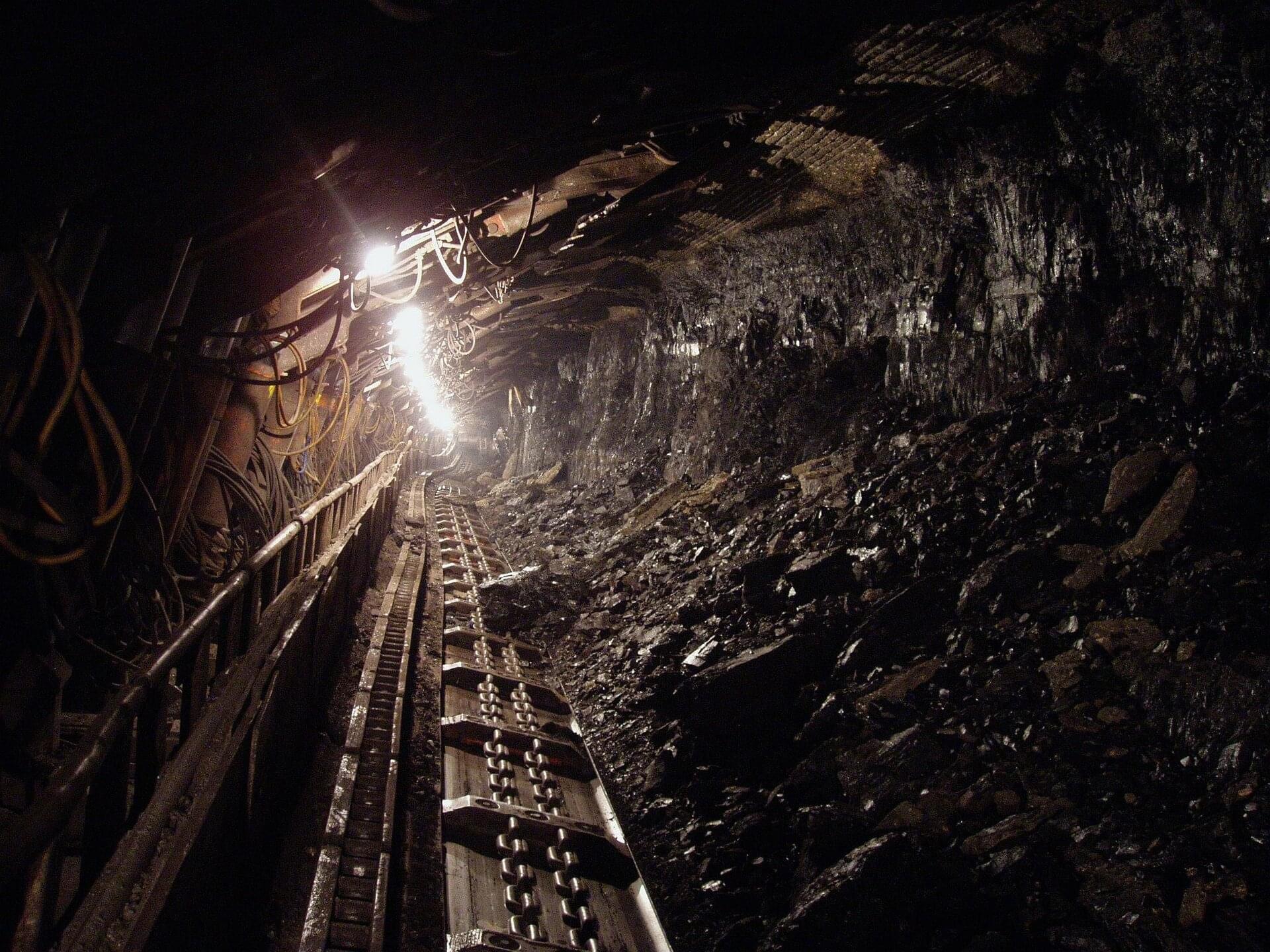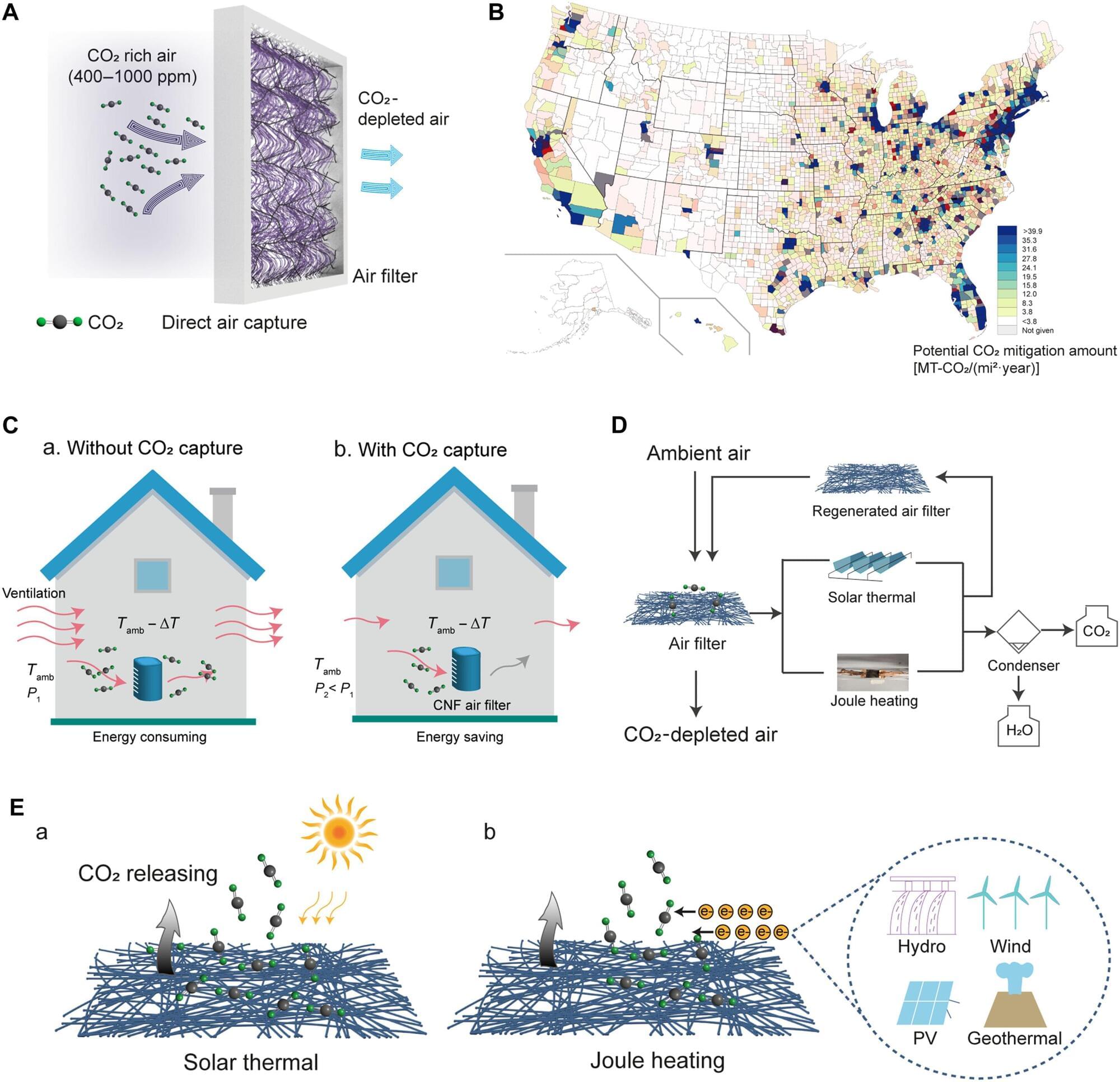Google’s newest DeepMind hurricane model was the star of the 2025 hurricane season while America’s flagship weather model stumbled to new lows



The innovation is claimed to be ideal for cold-climate electronics, wearable devices, and grid storage.
Researchers have demonstrated that aqueous zinc-ion batteries can offer long-term cycling stability and higher energy density with a new method.
Researchers from The Hong Kong Polytechnic University and Shenzhen University used a different type of cathode that delivers exceptional performance in aqueous zinc-ion batteries across a wide temperature range.
They developed a novel K⁺ and C3N4 co-intercalated NH4V4O10 (KNVO-C3N4) cathode to use in aqueous zinc-ion batteries.

Researchers are one step closer to understanding how some plants survive without nitrogen. Their work could eventually reduce the need for artificial fertilizer in crops such as wheat, maize, or rice.
“We are one step closer to greener and climate-friendlier food production,” say Kasper Røjkjær Andersen and Simona Radutoiu, both professors of molecular biology at Aarhus University. The findings are published in the journal Nature.
The two researchers led a new study where they discovered an important key to understanding how we can reduce agriculture’s need for artificial fertilizer.
From stirring milk in your coffee to fearsome typhoon gales, rotating turbulent flows are everywhere. Yet, these spinning currents are as scientifically complex as they are banal. Describing, modeling, and predicting turbulent flows have important implications across many fields, from weather forecasting to studying the formation of planets in the accretion disk of nascent stars.
Two formulations are at the heart of the study of turbulence: Kolmogorov’s universal framework for small-scale turbulence, which describes how energy propagates and dissipates through increasingly small eddies; and Taylor-Couette (TC) flows, which are very simple to create yet exhibit extremely complex behaviors, thereby setting the benchmark for the study of the fundamental characteristics of complex flows.
For the past many decades, a central contradiction between these potent formulations has plagued the field. Despite extensive experimental research and despite being found universal to almost all turbulent flows, Kolmogorov’s framework has apparently failed to apply to turbulent TC flows.

A new study published in Environmental Research Letters reveals that even advanced climate intervention strategies may not be enough to secure the future of wine grapes, coffee and cacao.
These crops are vital to many economies and provide livelihoods for farmers worldwide. However, they are increasingly vulnerable to the effects of climate change. Rising temperatures and changing rainfall patterns cause big variations in crop yields from year to year, meaning that farmers cannot rely on the stability of their harvest, and their produce is at risk.
The researchers specifically investigated Stratospheric Aerosol Injection (SAI) as a way of mitigating climate change in the top grape, coffee and cacao growing regions of western Europe, South America and West Africa. SAI is a hypothetical solar geoengineering method that involves releasing reflective particles into the stratosphere to cool Earth’s surface, mimicking the natural cooling effects of volcanic eruptions.

For the past 250 years, people have mined coal industrially in Pennsylvania, U.S… By 1830, the city of Pittsburgh was using more than 400 tons of the fossil fuel every day. Burning all that coal has contributed to climate change. Additionally, unremediated mines—especially those that operated before Congress passed regulations in 1977 —have leaked environmentally harmful mine drainage. But that might not be the end of their legacy.
In research presented last week at GSA Connects 2025 in San Antonio, Texas, U.S., Dr. Dorothy Vesper, a geochemist at West Virginia University, found that those abandoned mines pose another risk: continuous CO2 emissions from water that leaks out even decades or centuries after mining stops.

“The ability to resolve the Gulf Stream and its dynamics properly, has been an open challenge for many years in oceanography,” said Dr. Ashesh Chattopadhyay.
How can AI be used to predict ocean forecasting? This is what a recent study published in the Journal of Geophysical Research Machine Learning and Computation hopes to address as a team of researchers investigated how AI can be used to predict short-and long-term trends in ocean dynamics. This study has the potential to help scientists and the public better understand new methods estimating long-term ocean forecasting, specifically with climate change increasing ocean temperatures.
For the study, the researchers presented a new AI-based modeling tool for predicting ocean dynamics for the Gulf of Mexico, which is a major trade route between the United States and Mexico. The goal of the tool is to build upon longstanding physics-based models that have traditionally been used for predicting ocean dynamics, including temperature and changes in temperature.
In the end, the researchers found that this new model demonstrates improved performance in predicting ocean dynamics, specifically for short-term intervals of 30 days, along with long-term intervals of 10 years. The team aspires to use this new tool for modeling ocean dynamics worldwide.


Carbon dioxide (CO2) is one of the world’s most abundant pollutants and a key driver of climate change. To mitigate its impact, researchers around the world are exploring ways to capture CO2 from the atmosphere and transform it into valuable products, such as clean fuels or plastics. While the idea holds great promise, turning it into reality—at least on a large scale—remains a scientific challenge.
A new study led by Smith Engineering researcher Cao Thang Dinh (Chemical Engineering), Canada Research Chair in Sustainable Fuels and Chemicals, paves the way to practical applications of carbon conversion technologies and may reshape how we design future carbon conversion systems. The research addresses one of the main roadblocks in the carbon conversion process: catalyst stability.
In chemical engineering, a catalyst is a substance that accelerates a reaction—ideally, without being consumed in the process. In the case of carbon conversion, catalysts play a critical role by enabling the transformation of CO₂ into useful products such as fuels and building blocks for sustainable materials.

Despite decades of warnings and increasing efforts to fight climate change, global carbon emissions are still rising. While cutting emissions from the source is a common way we address this problem, another crucial strategy is actively removing carbon from the atmosphere. Current centralized DAC (direct-air-capture) plants are expensive and take up a lot of land, so scientists have developed a carbon dioxide-catching air filter that can fit into existing ventilation systems of homes and offices around the world.
The researchers describe their filter in a paper published in Science Advances. It is made of tiny carbon threads known as nanofibers that are coated with a polyethylenimine polymer. This combination makes an incredibly effective carbon sponge that captures carbon dioxide molecules from the air, even at low concentrations. The filter can also be cleaned by solar heating or low-energy electricity methods.
The team put their new carbon filter through its paces to see how well it worked. First, they checked how much it could soak up carbon by placing it in a flow system and passing air with a known concentration of carbon dioxide through it. The filter proved highly selective and fast, capturing the molecules and letting the rest of the air pass through.